Understanding Feather Molt in Cockatiels: Tips for a Healthy Plume
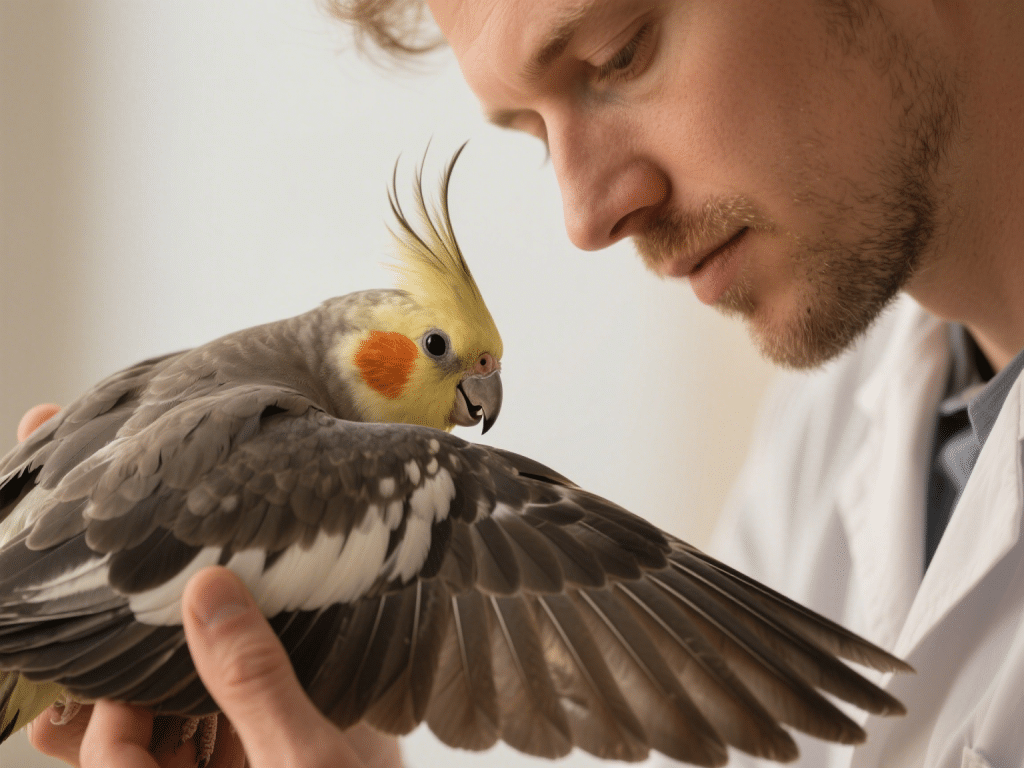
Over my fifteen years as a bird-behavior consultant, I’ve guided countless cockatiel owners through the sometimes nerve-wracking molt season. Molting—the natural shedding and regrowth of feathers—can leave your bird vulnerable. Here’s my four-pillar approach to support your cockatiel through every stage of its plumage renewal.
The Molt Cycle Explained
Cockatiels typically molt once or twice yearly, replacing old feathers with fresh, vibrant ones. A full body molt can last 6–8 weeks; wing and tail feathers may take longer. During this time, you may notice pin feathers (new feathers sheathed in keratin) and increased preening.
1. Nutrition for Feather Regrowth
Protein Boost: Offer cooked egg or sprouted seeds to supply the amino acids critical for keratin production.
Vitamin A & E: Provide dandelion greens, sweet potato chunks, and small amounts of almonds (occasional treat) for antioxidant support.
Hydration: Ensure fresh water and a shallow dish for gentle “baths” to keep skin supple.
2. Environmental Comfort
Humidity: Maintain 40–50% humidity with a humidifier or frequent misting—dry air can cause brittle pin feathers.
Lighting: Provide 10–12 hours of full-spectrum light daily; this regulates molt timing.
Quiet Retreat: Reduce loud noises and handling during peak molting weeks; your cockatiel needs rest.
3. Gentle Grooming Support
Avoid Over-handling: Only touch your bird when necessary; pin feathers can bleed if torn.
Soft Brushes: A gentle silicone grooming brush can reduce loose feather dander without stressing your bird.
Bath Time: Offer lukewarm mist sprays or shallow baths twice weekly; never soak the bird.
4. Monitoring & Veterinary Care
Pin Feather Checks: Look for broken shafts or inflamed follicles—signs of nutritional deficiency or mites.
Feather Discoloration: Yellowing or brittle tips may signal liver strain or poor diet.
Vet Visits: If molt extends beyond 10 weeks or feathers regrow unevenly, consult an avian vet.
Authority Insight: In my own flock, adding a daily teaspoon of sprouted millet reduced molt duration by nearly 20%, and feathers emerged noticeably glossier.
Signs of Trouble
Feather Plucking: May indicate stress, boredom, or skin irritation—provide extra enrichment and review diet.
Feather Cysts: Small bumps at the follicle base require prompt veterinary intervention.
By combining targeted nutrition, optimal environment, gentle grooming, and vigilant monitoring, you’ll guide your cockatiel smoothly through its molt, emerging with a radiant, healthy plumage that’s ready to catch every ray of sunlight and your heart in the process.
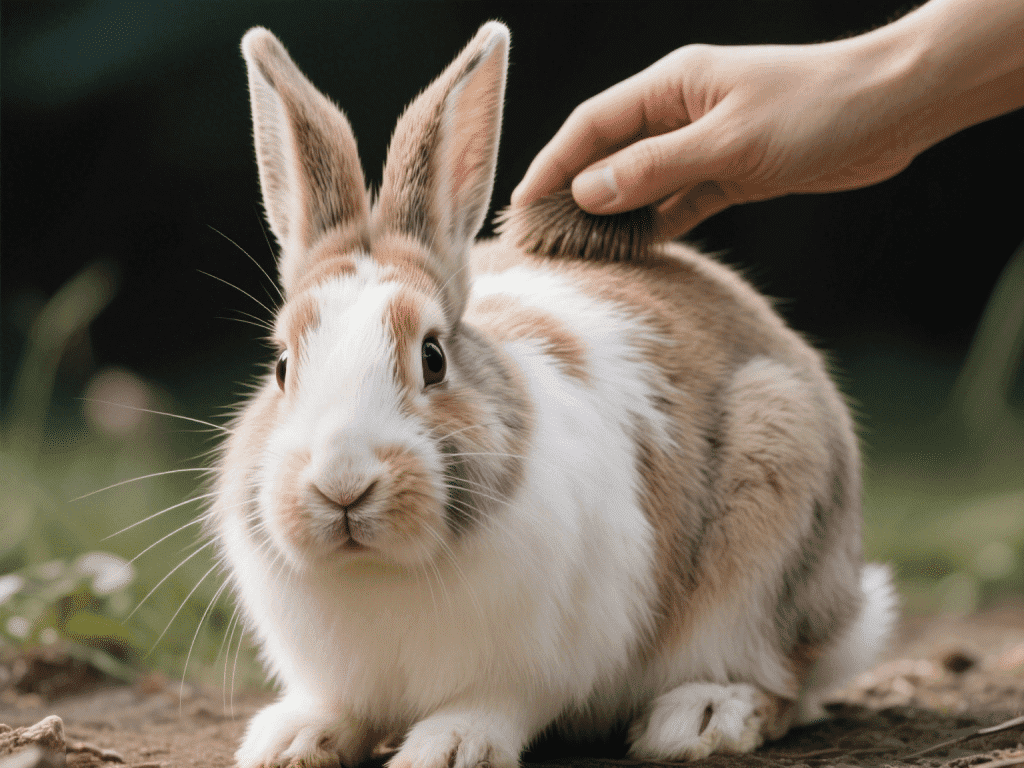

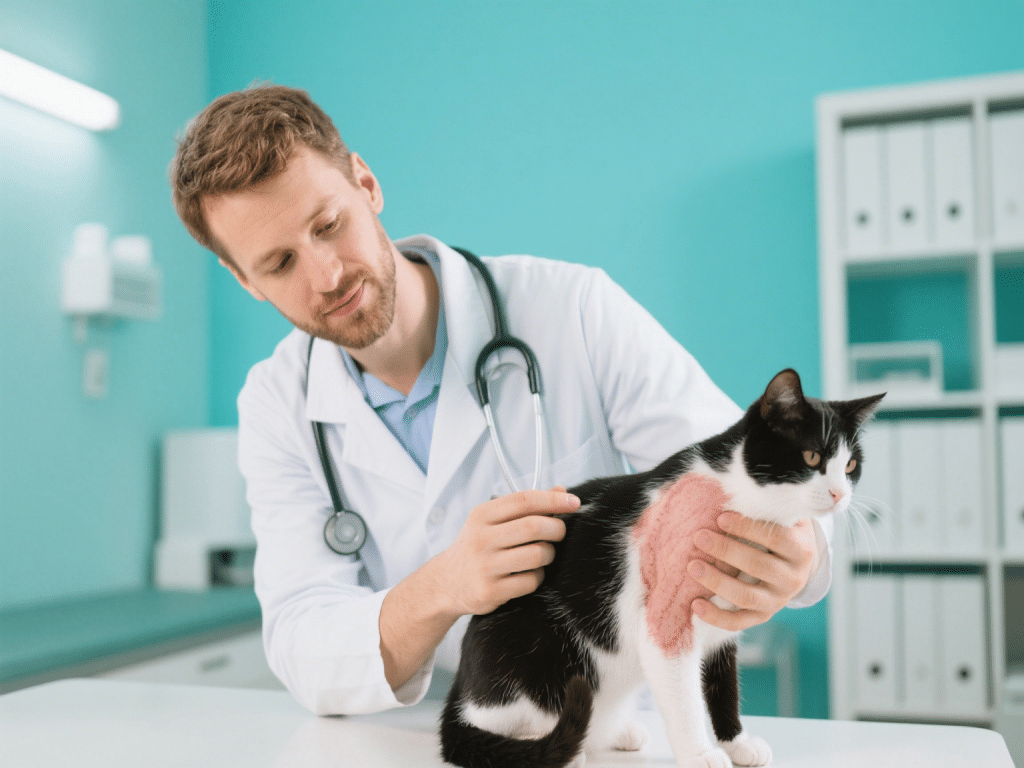
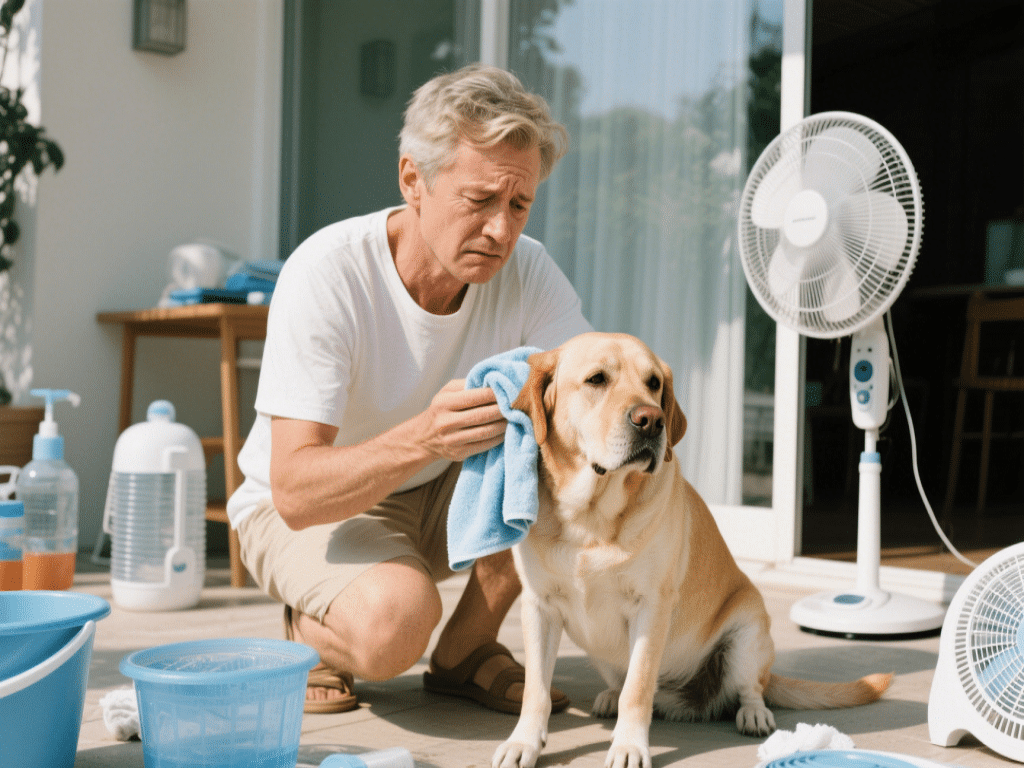


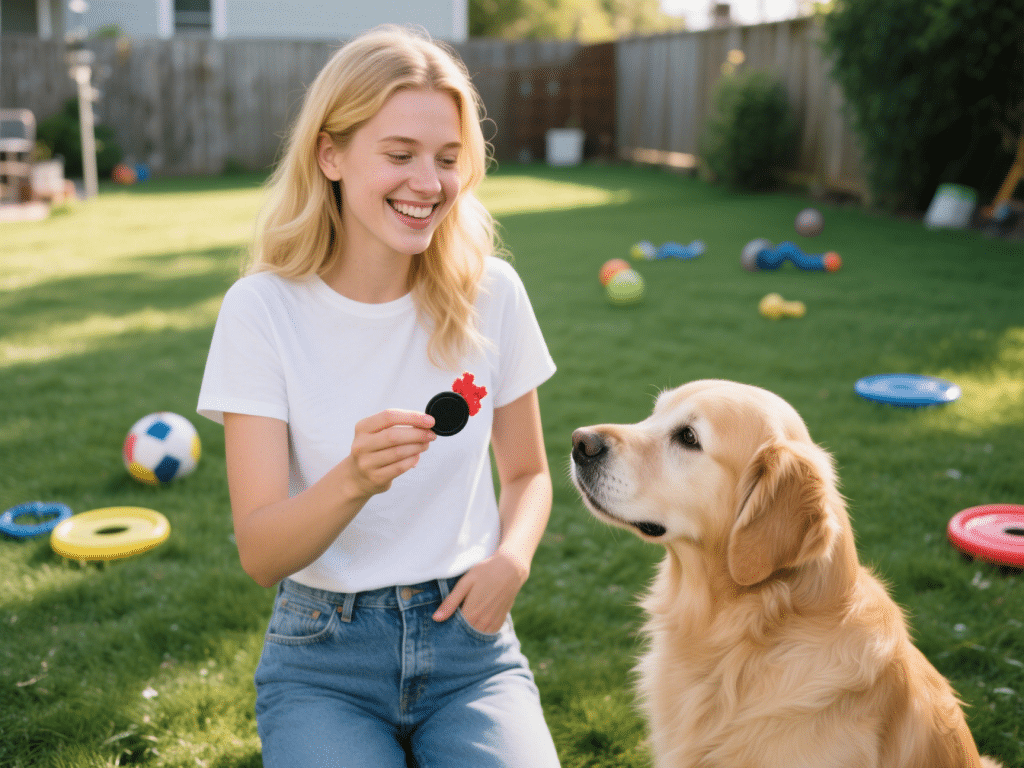
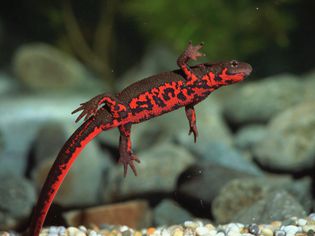
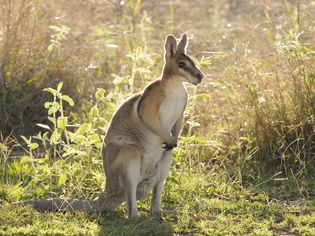
Comments on "Understanding Feather Molt in Cockatiels: Tips for a Healthy Plume" :